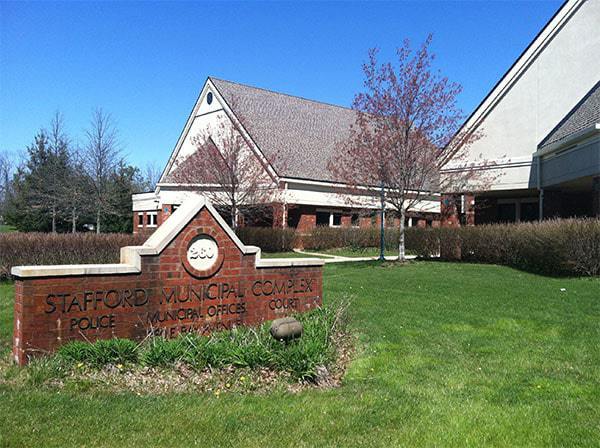
STAFFORD – The members of the Stafford Township council recently approved an ordinance that would outline new rules and create incentives to preserve and adapt historic structures within the township.
The township felt it necessary to rewrite the rules on historic structures, due to the “loss of our historic fabric and the loss of over 28 percent of historic structures identified in past inventories and the danger of reaching a tipping point of no return on the loss of the township historic fabric and the subsequent loss of identity and economic value,” according to the ordinance.
Currently there 14,760 tax parcels and 12,684 improved lots in the township. This ordinance will affect about 1.3 percent of all improved tax parcels.
This ordinance will implement new regulations by which historic structures are maintained in order to “preserve the past by making the past compatible with the present.”
Outlined in the document, the township will use the following “tools” to preserve what are identified as “historic structures” in the township:
- The Stafford Township Historic Preservation Committee (or other relevant entity) must own the Historic Façade Easement, which is like a legal agreement that “provides enduring protection for the historic property,” according to the ordinance.
- The township may authorize the “complete or gradual abatement of the taxes that would be raised by the investment in improvements on Historic Structures.”
- The township may transfer development rights on the historic property “in consideration of a binding easement” in order to preserve the structure.
- Township zoning and planning boards may “relax” development standards in order to preserve the property.
- Funds from Open Space Tax may be used for grants to make improvements to the historic structures.
Of course, the use of these “tools” hinges on what the township is defining as a “historic landmark” under the new ordinance’s regulations. The document splits the definition of historic landmarks into three categories: Icon, Protected, and Advisory.
Historical landmarks can be structures that are of a particular historic interest to the township, which means that they reflect “the broad cultural, political, economic, agricultural or social history of the nation, state or community,” as stated in the ordinance.
These landmarks can also be places associated with important historical figures; the site of historic events; or the embodiment of certain historic characteristics, i.e. architecture, engineering, etc.
The township defines “iconic” historical landmarks as those “determined to be essential to the historic fabric of Stafford Township.” These structures will undergo the highest level of scrutiny, as they are most essential to the historic landscape and image of Stafford. As of now, nine of Stafford’s historic locations are all defined as “icons.” This includes:
- Old Baptists Church, 120 North Main Street
- Worden House, 105 East Bay Ave
- Hall Store (Diamond), 11 North Main Street
- CH Cranmer House, 59 Stafford Ave
- Letts Vienna Bakery, 67 Stafford Avenue
- Manahawkin Railroad, 49 West Bay Ave
- Cavalry Cottage, 100 Stafford Ave
- Stafford Hall, 94 Stafford Ave
- Randolph Farmstead, 10 Hilliard Drive.
“Protected” historic landmarks are those structures that require an intermediate level of protection. “Advisory” means that it is “worthy of preserving on an advisory level” such as bungalows, or commercial property established before 1950.
Properties can be recommended to the Stafford Township Historic Preservation Committee by residents of Stafford, other municipal bodies, and others in order to be considered for historic preservation status.
The ordinance also aims to protect these properties on more than one front, by addressing consequences intended for those who attempt to demolish or neglect designated historic properties. Violations can reach up to $200 per day, depending on the length of demolition or neglectful activity.







